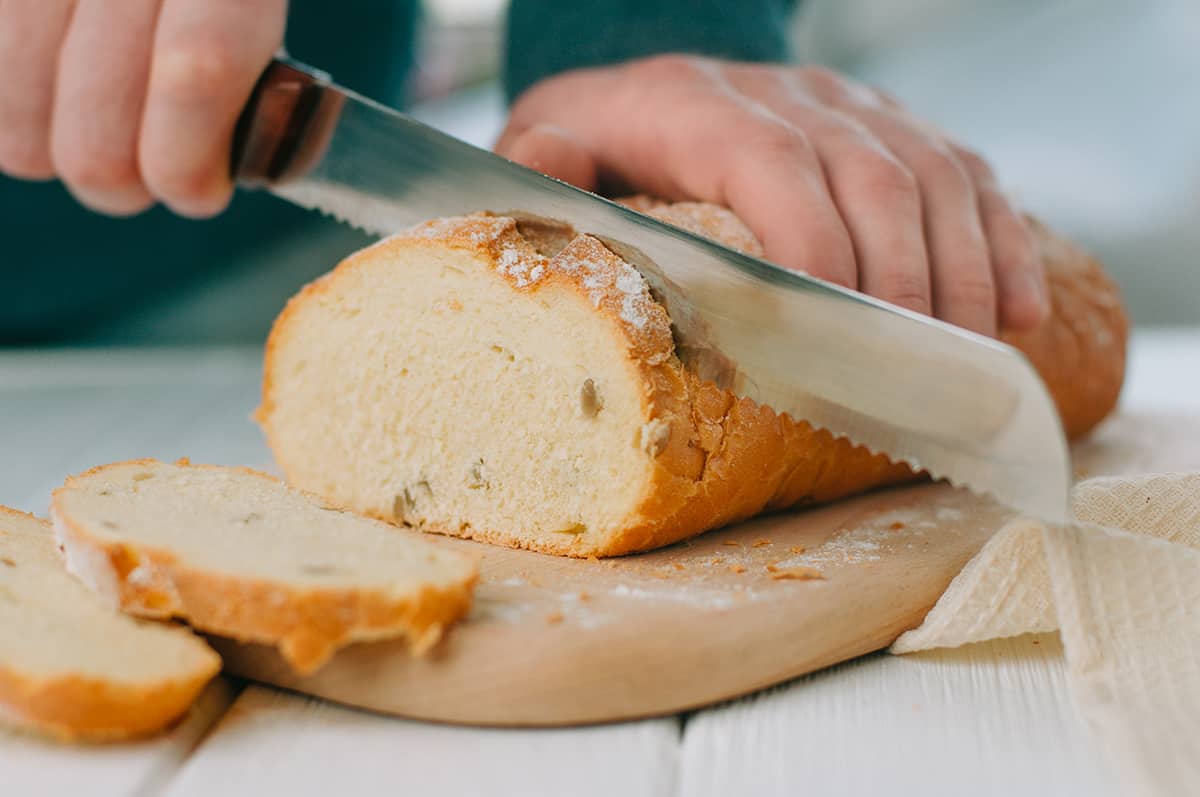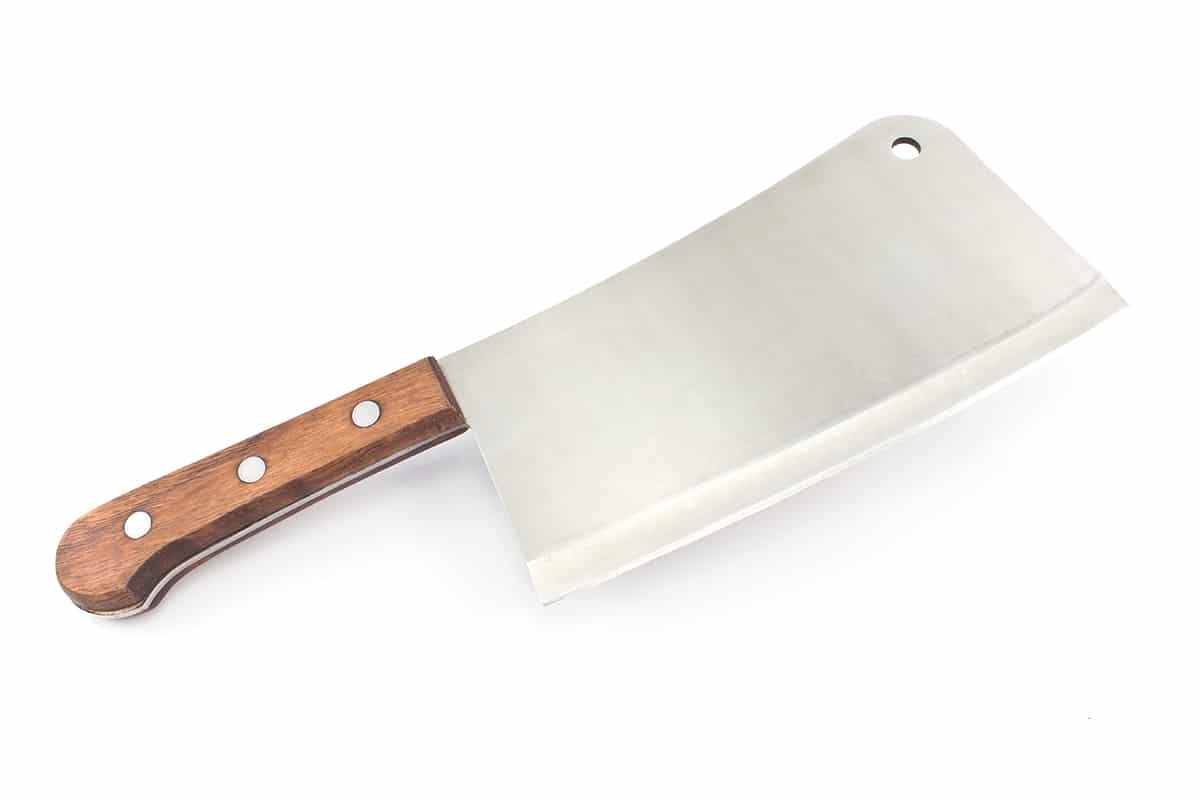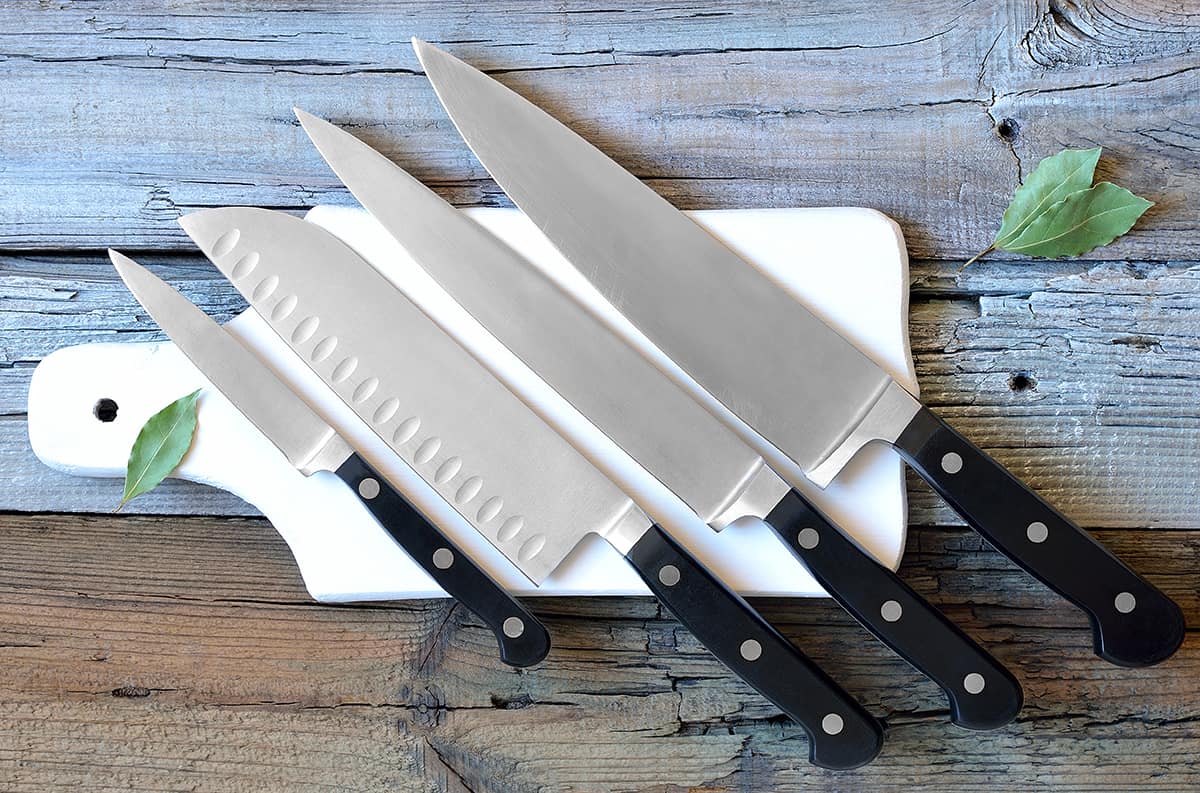The type of knife you use will determine how much you enjoy working in the kitchen. While all knives can be used to cut things, specific knives, like the bread knife, should be used for very specific purposes. So, what size should a bread knife be?
The blade of a bread knife will usually measure between 7 and 11 inches. Including the handle, the length of a bread knife can measure around 16 inches. However, the actual measurements of a bread knife will differ from model to model and brand to brand.
Bread knives are unlike most types of kitchen knives, and there is a lot we can learn about this unique knife. Below, I’ll go over the measurements of a bread knife, what features are in a bread knife, and what you can do with a bread knife. Keep reading if you’d like to learn more!
Bread Knife Dimensions
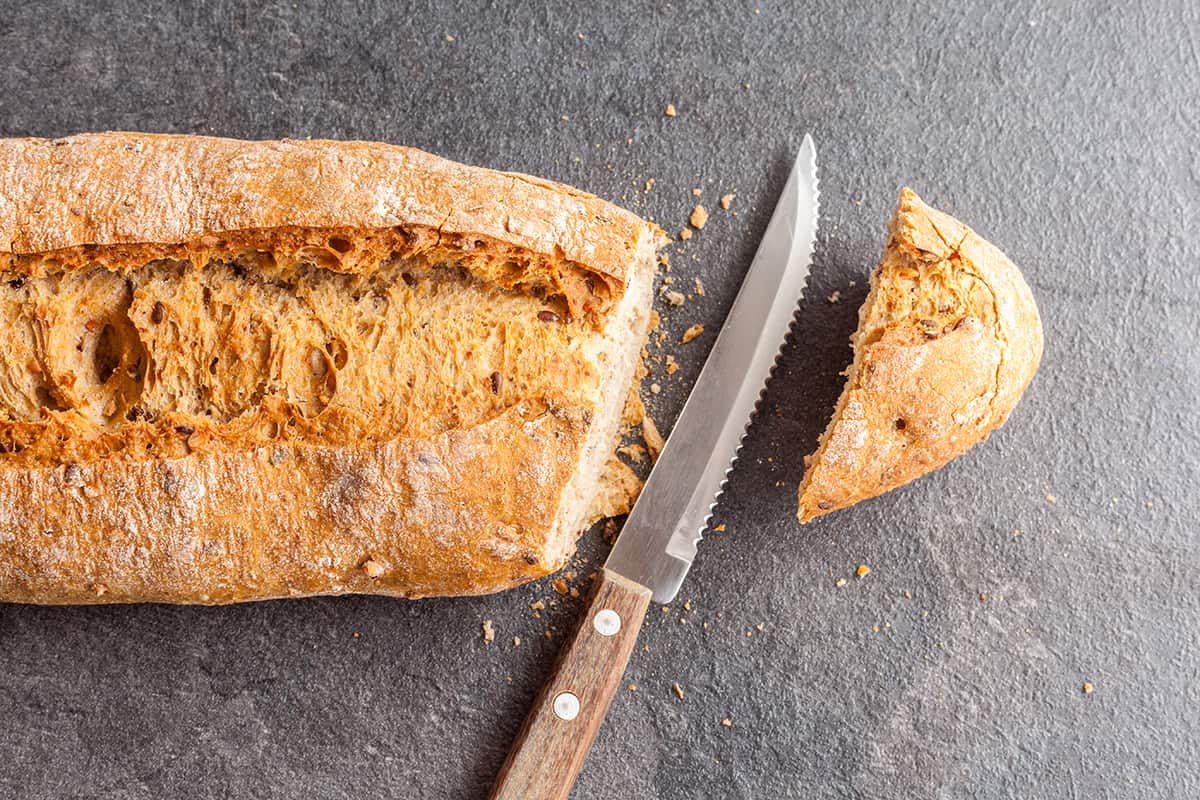
As previously stated, the size of a bread knife’s blade should be a minimum of 7 inches and max out at 11 inches. The blade should be at least 7 inches to produce the perfect sawing motion you need to cut through thick loaves of bread with minimal to no downward pressure.
In addition, the blade must be longer than the width of a loaf of bread to prevent squashing the loaf. Since standard loaf pans measure 4-1/2 inches wide, a 7-inch-long blade will be perfect for cutting through the loaf without having to remove and reposition the blade after each back-and-forth motion.
When looking at bread knives, manufacturers will mostly mention the length of the blade and disregard the handle when stating its lengths. In other words, the measurement of a bread knife is taken from the tip of the blade to the heel—i.e., the connection point with the top of the handle.
So, if you’re looking for a bread knife online, you should take the actual length of the tool will be several inches longer. The knife’s handle will vary in length and design, but for the most part, it is irrelevant to the stated length of the bread knife.
Bread Knife Features
Now that we have a basic understanding of its measurements, let’s take a look at what features make a bread knife unique.
Serrated Edge
The primary difference between bread knives and traditional chef’s knives is the serrated edge. The serrations serve to cut through a loaf of bread’s tough exterior while also allowing it to gently saw through the soft interior. In addition, the serrated edge reduces the amount of friction produced when slicing downward, which prevents tearing through loaves of bread.
While you can technically cut through thick loaves of bread with a chef’s knife, you will need a steady hand and a keen eye to do so without turning it into a jumbled mess. The serrated edge of a bread knife eliminates those variables, thereby allowing you to cut through tough bread loaves with ease.
Sharp vs. Rounded Teeth
But that’s not where it ends. When looking at bread knives, you have two options—sharp and rounded bread knives. The shapes refer to the design of the individual “teeth” on the serrated edge.
Sharp serrated teeth are better at cutting through tough exteriors, but they produce a large amount of crumbs in the process. Rounded teeth, on the other hand, require more downward pressure to crack through a loaf of bread’s hardened exterior, but it will not saw the soft interior into millions of crumbs.
Offset vs. Straight Blade
You should also take notice of the position of the blade relative to the handle. There are two types of blades to choose from—offset and straight.
Offset bread knives are those whose blades are positioned lower than the handle. The offset style allows users to see what they are cutting, and it also provides more leverage when sawing through the hard crusts of bread loaves.
On the other hand, straight bread knives are generally easier to control when slicing through smaller loaves of bread. While they require greater amounts of downward pressure with each back-and-forth motion, they may produce a cleaner cut through tinier objects.
Handle Length
While the length of the handle is not mentioned in the overall size of a bread knife, it’s still worth paying attention to. After all, it is the part that you will grip, and it will determine whether or not it’s the right fit for your hand.
Most bread knives will come with 5-inch-long handles, though some handles can be much longer. In the end, the perfect length of the handle is a matter of personal preference.
Handle Design
Not only should you pay attention to how long or short the handle is, but you should also take notice of how its design will fit in your hand. Most bread knives come with a rounded V-style handle that fits perfectly in the contours of the user’s hand.
However, there are also bread knives with straight handles, which can be a pain to hold for extended periods of time, but they may offer greater control. You should consider this if your primary goal is to cut loaves of bread into slices of a uniform thickness.
Bread Knife Uses
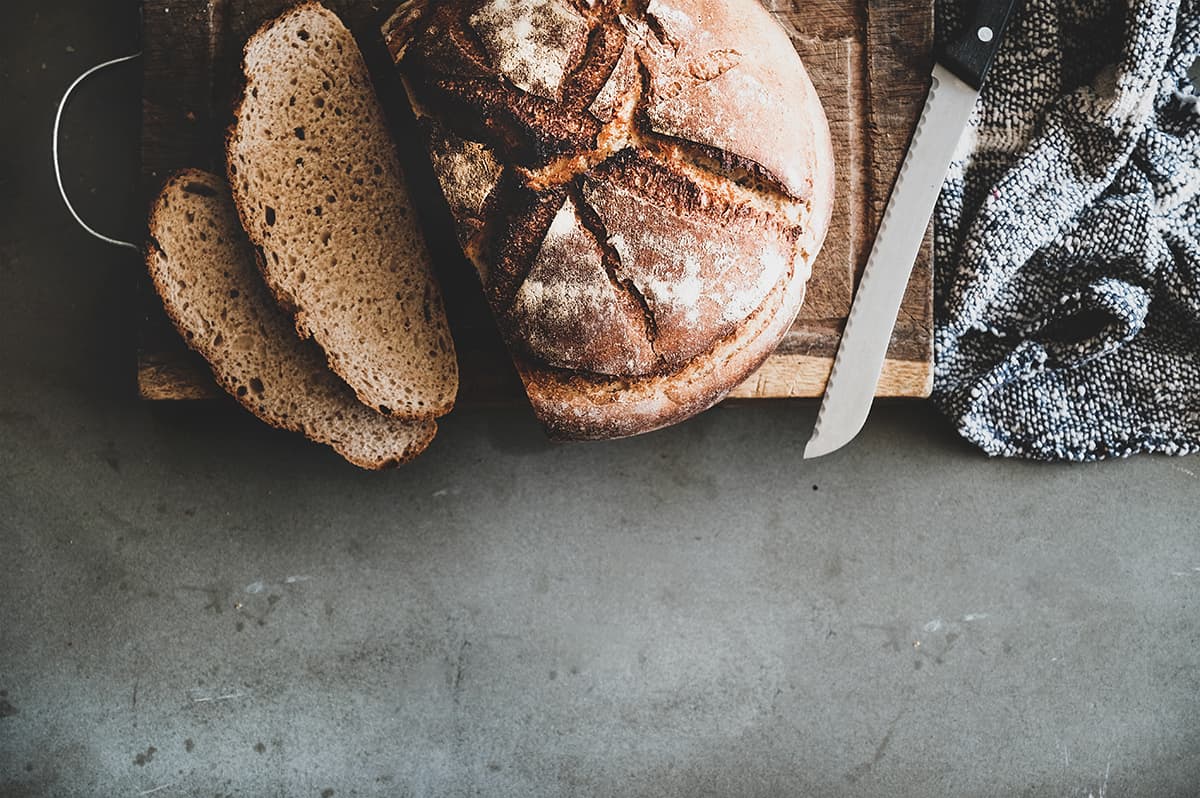
As its name suggests, a bread knife is typically used to cut loaves of bread into multiple slices. However, just like a chef’s knife, you can use a bread knife for more than one purpose.
Cutting Fruits and Vegetables—A bread knife is perfect for cutting through fruits and veggies with tough exteriors and soft interiors. The serrated edge will pierce the tough skin with minimal pressure before cutting seamlessly into the soft flesh. You can use bread knives to cut through fruits and veggies like squash, cantaloupes, tomatoes, carrots, and plantains.
Cutting Desserts—While a chef’s knife will work beautifully for cutting through cakes, it can be a pain in the neck when it comes to cutting pies and tarts. Again, the serrated edge of a bread knife does easy work of sawing through the tough exterior and causing minimal damage, thereby leaving fewer crumbs and less of a mess.
